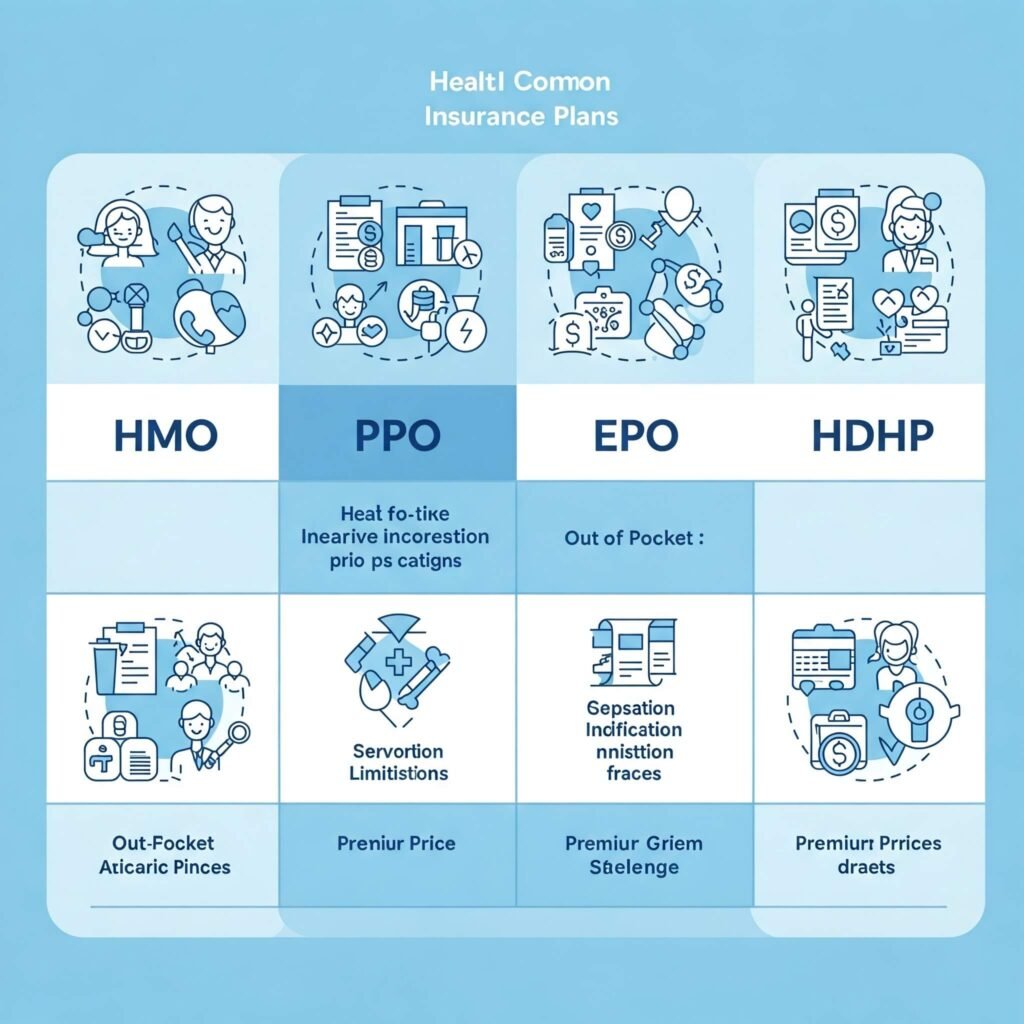Yo, choosing health insurance is like picking a food cart that won’t leave you regretting life, sitting in my soggy Portland apartment on this rainy August 23, 2025, with a stale burrito stinking up my counter. Back in my 20s, I was a complete moron, picking a plan ‘cause the website looked cool. Got nailed with a deductible I couldn’t touch, couldn’t even afford a doc for a cold. Blew my cash on dumb stuff like overpriced kombucha and a hoodie I never wore. Total bonehead move. Here’s my messy, real-talk guide to choosing health insurance, with all my screw-ups so you don’t make ‘em.
My Cringe Start with Choosing Health Insurance
So, 2019, maybe 2020 – my memory’s fuzzy – I’m in a grimy Denver apartment, new job, had to pick a health insurance plan. Went with the cheapest one ‘cause I thought I was untouchable. Big mistake. Got a nasty sinus infection, couldn’t swing the copay, ended up chugging NyQuil like it was Gatorade. Felt like sneezing my brains out in that dry-ass air. Switched plans after scrolling Healthcare.gov one sleepless night here.
Now I’m all about checking coverage deets. A good plan’s like scoring a perfect burrito – feels like a win.

What to Look for When Choosing Health Insurance
A solid health insurance plan’s gotta fit your life like a glove. My current one covers my doc visits and meds without bankrupting me, which is clutch since I tweaked my ankle running in the rain last month. Low premiums sound dope, but high deductibles can mess you up. Check if your doc’s in-network – my old plan didn’t cover my go-to clinic, total bummer. Kaiser Permanente’s got a decent guide on picking plans here.
Prescription coverage – ‘cause meds cost an arm and a leg..
Low deductibles if you’re always at the doctor – learned that the hard way.
In-network providers – make sure your clinic’s on the list.

My Big Flubs When Choosing Health Insurance
I’ve tanked this hard. Picked a plan with a cheap premium, didn’t read the fine print, got slammed with a $4,000 deductible – or was it $5,000? My brain’s mush. Felt like choking on my coffee, grounds and all. Didn’t check in-network providers once, paid out-of-pocket for a checkup like an idiot. Also, just went with my job’s default plan without shopping around – so dumb. NerdWallet’s got tips to skip my mistakes here.
Real talk: I’m all about good coverage, but I still ditch doctor visits ‘cause I hate paperwork – like I bailed on an appointment last week. Total hot mess, mancude her trusted cardiologist, avoiding costly out-of-network fees. Additionally, most insurers provide online directories to check provider networks.

Wrapping Up My Rant on Choosing Health Insurance
From my drippy Portland pad, choosing health insurance is a lifesaver, even for a goof like me. I’m no insurance pro, but a plan with low deductibles and your doc in-network’s my jam. Compare plans, read the fine print, don’t be me. What’s your insurance game? Drop it in the comments, I’m curious.



